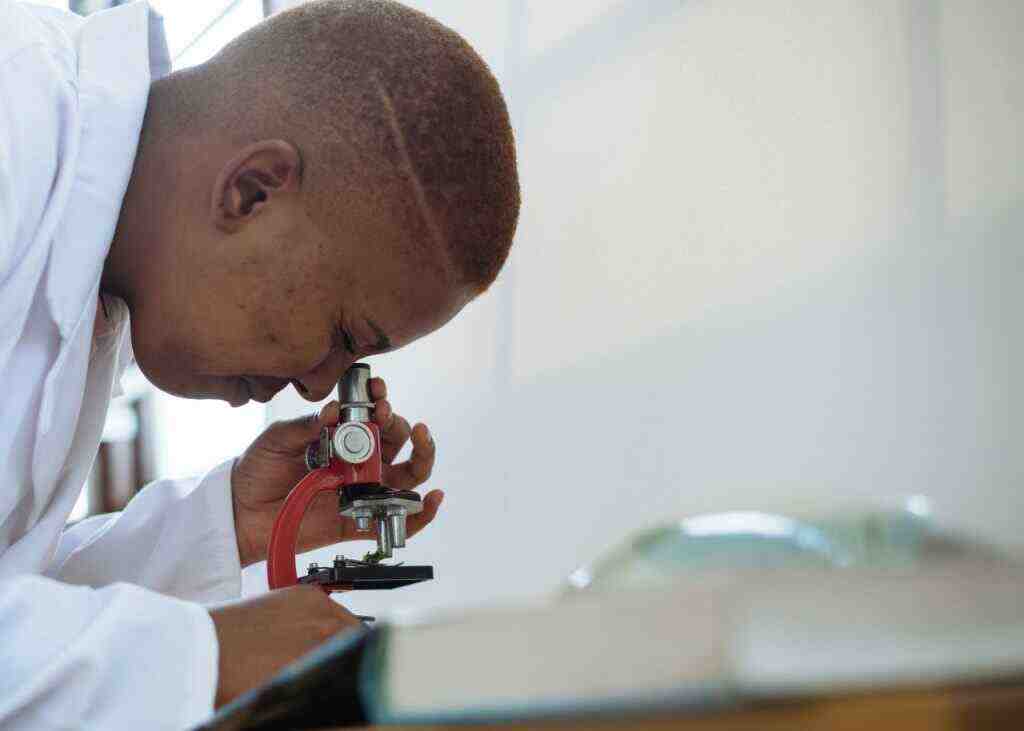Morphological Self-Discovery: A Revolutionary Approach to Robot Adaptation and Learning
In the realm of robotics and artificial intelligence, a groundbreaking method has emerged, promising to revolutionize the way robots perceive and interact with their surroundings. Morphological self-discovery, a novel approach that empowers robots to autonomously understand and adapt to their physical capabilities, is reshaping the landscape of robotic technology. This revolutionary development, published in the esteemed journal @SciRobotics, holds immense potential to unlock new frontiers in robotics research and application.
Delving into Morphological Self-Discovery: A Journey of Embodiment
Morphological self-discovery, as defined by MDPI, grants robots the remarkable ability to explore and learn about their physical characteristics and capabilities without relying on human intervention. This transformative process seamlessly blends machine learning algorithms with physical experimentation, enabling robots to embark on a journey of self-discovery, gaining a profound sense of embodiment. Through this autonomous exploration, robots become more efficient and adaptable, capable of navigating their environment with greater agility and precision.
The Interplay of Machine Learning and Physical Experimentation: A Harmonious Fusion
The method of morphological self-discovery ingeniously combines the strengths of machine learning and physical experimentation, creating a synergistic partnership that propels robots towards a deeper understanding of their physical selves. Machine learning algorithms, with their ability to identify patterns and make predictions, empower robots to extract meaningful insights from the data they gather. Physical experimentation, on the other hand, serves as a testing ground, allowing robots to validate their predictions and gain practical knowledge about their capabilities and limitations. This harmonious fusion of theoretical and practical learning enables robots to adapt and refine their performance in real-world scenarios, fostering continuous improvement and enhanced adaptability.
Morphological Computation: Unveiling a New Paradigm for Robot Adaptation
Morphological computation, a concept introduced by Wikipedia, adds another layer of sophistication to the method of morphological self-discovery. This innovative approach allows robots to explore and adapt to their environment using their physical bodies, transcending the boundaries of traditional machine learning. By incorporating physical interactions with the environment into their learning process, robots can harness morphological computation to learn more effectively and efficiently. This results in the emergence of robotic systems that are more responsive, adaptable, and capable of acquiring new skills autonomously, paving the way for a future where robots can seamlessly adapt to changing environments and unforeseen challenges.
Implications for the Future of Robotics: A Glimpse into a New Era
The advent of morphological self-discovery has profound implications for the future of robotics, heralding a new era of autonomous and adaptable machines. Robots equipped with the ability to self-discover their morphology and gain embodiment can navigate dynamic environments with remarkable agility, adapt to unforeseen changes with ease, and learn new skills without human intervention. This transformative technology holds the potential to revolutionize various industries, from manufacturing and healthcare to space exploration and disaster response. As robots become more autonomous and capable of handling complex tasks, they will undoubtedly play an increasingly vital role in shaping our world, enhancing human capabilities, and propelling society forward.
Conclusion: Embracing the Promise of Morphological Self-Discovery
Morphological self-discovery stands as a transformative milestone in the field of robotics and artificial intelligence, opening up new avenues for research and development. By empowering robots with the ability to understand and adapt to their physical capabilities, this groundbreaking method promises to create a new generation of robots that are more efficient, adaptable, and autonomous. As we delve deeper into the realm of morphological self-discovery, we can anticipate a future where robots seamlessly collaborate with humans, enhancing our capabilities and transforming industries across the board. The possibilities are boundless, and the potential for innovation is limitless.
